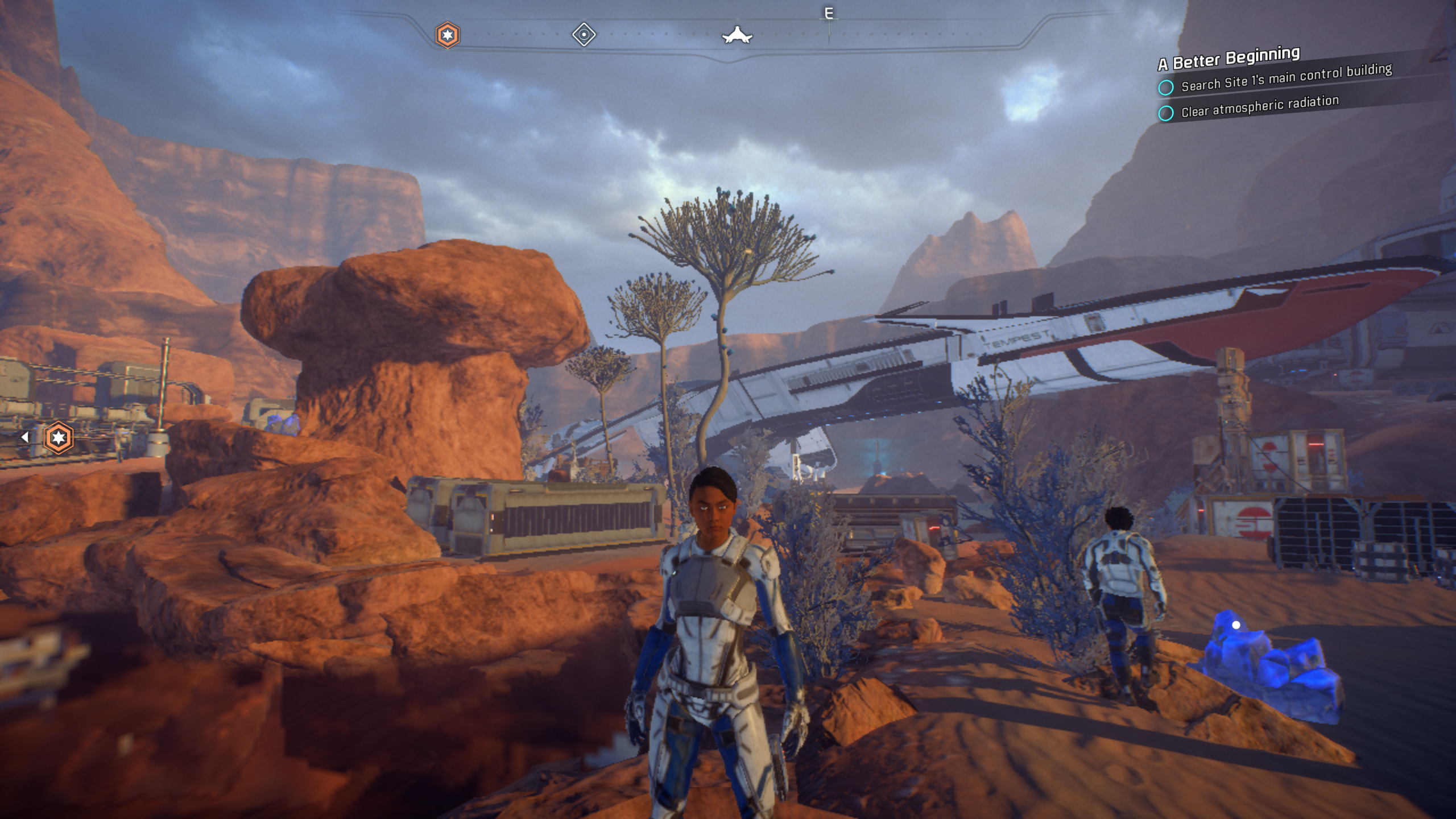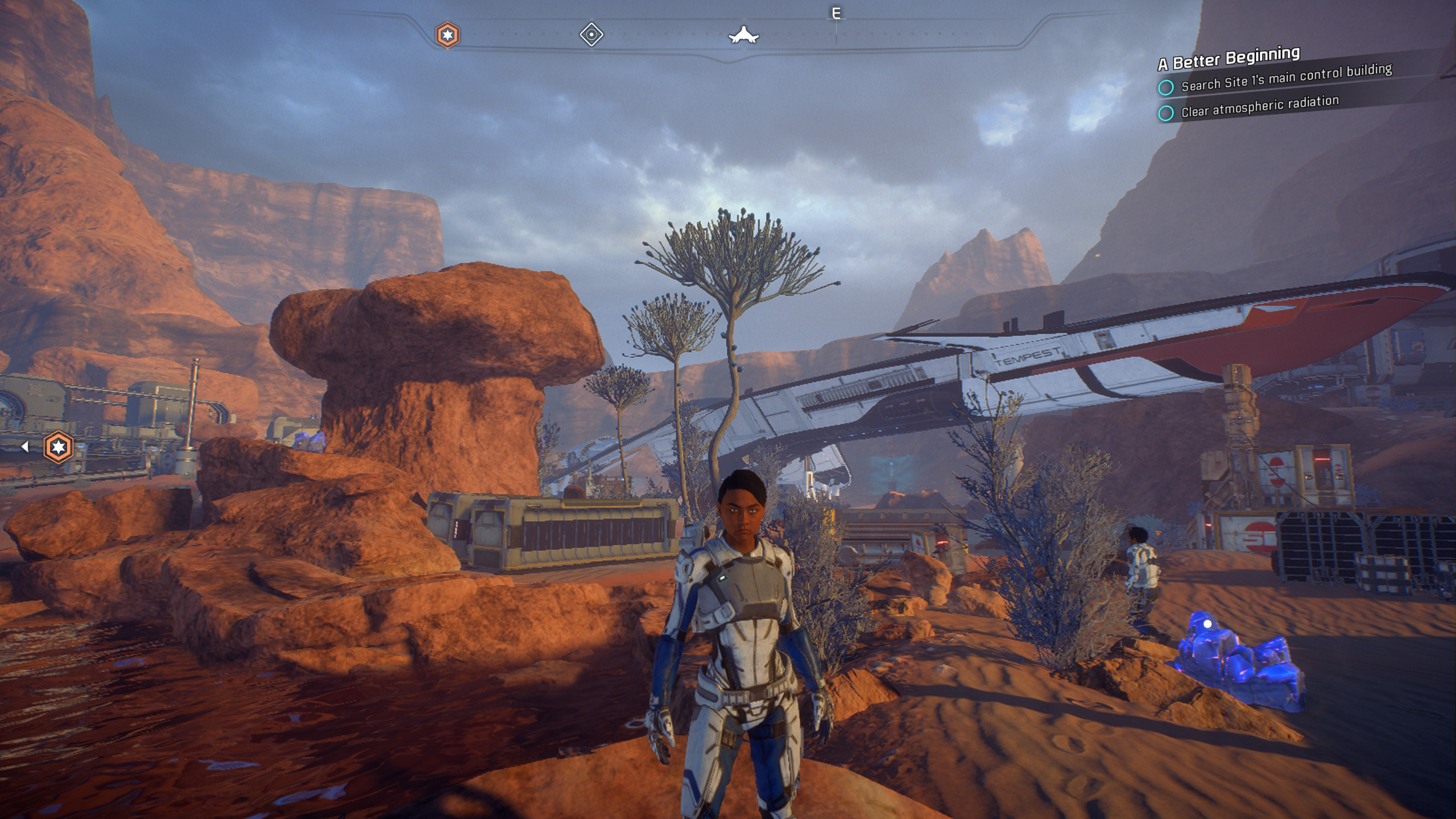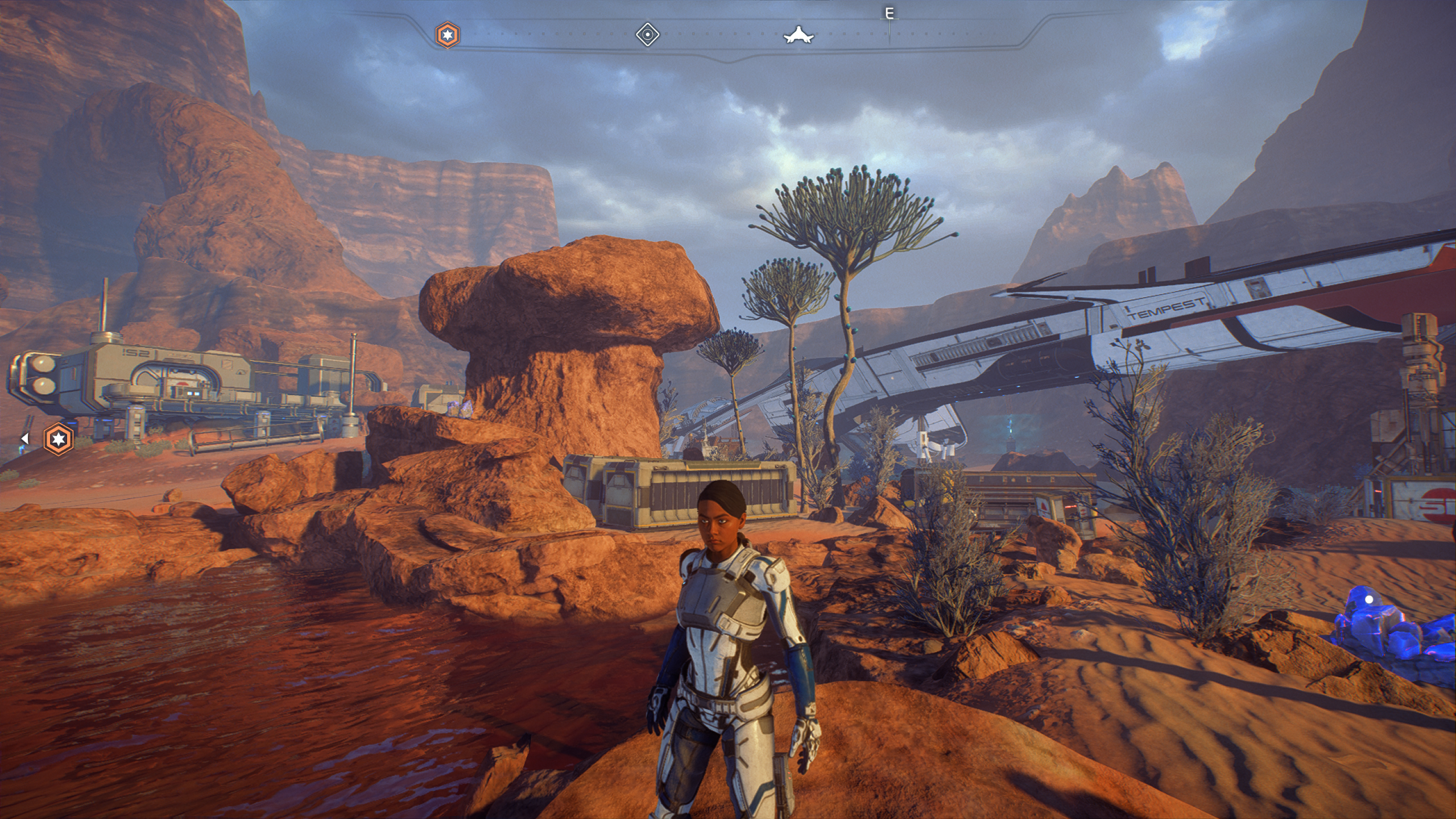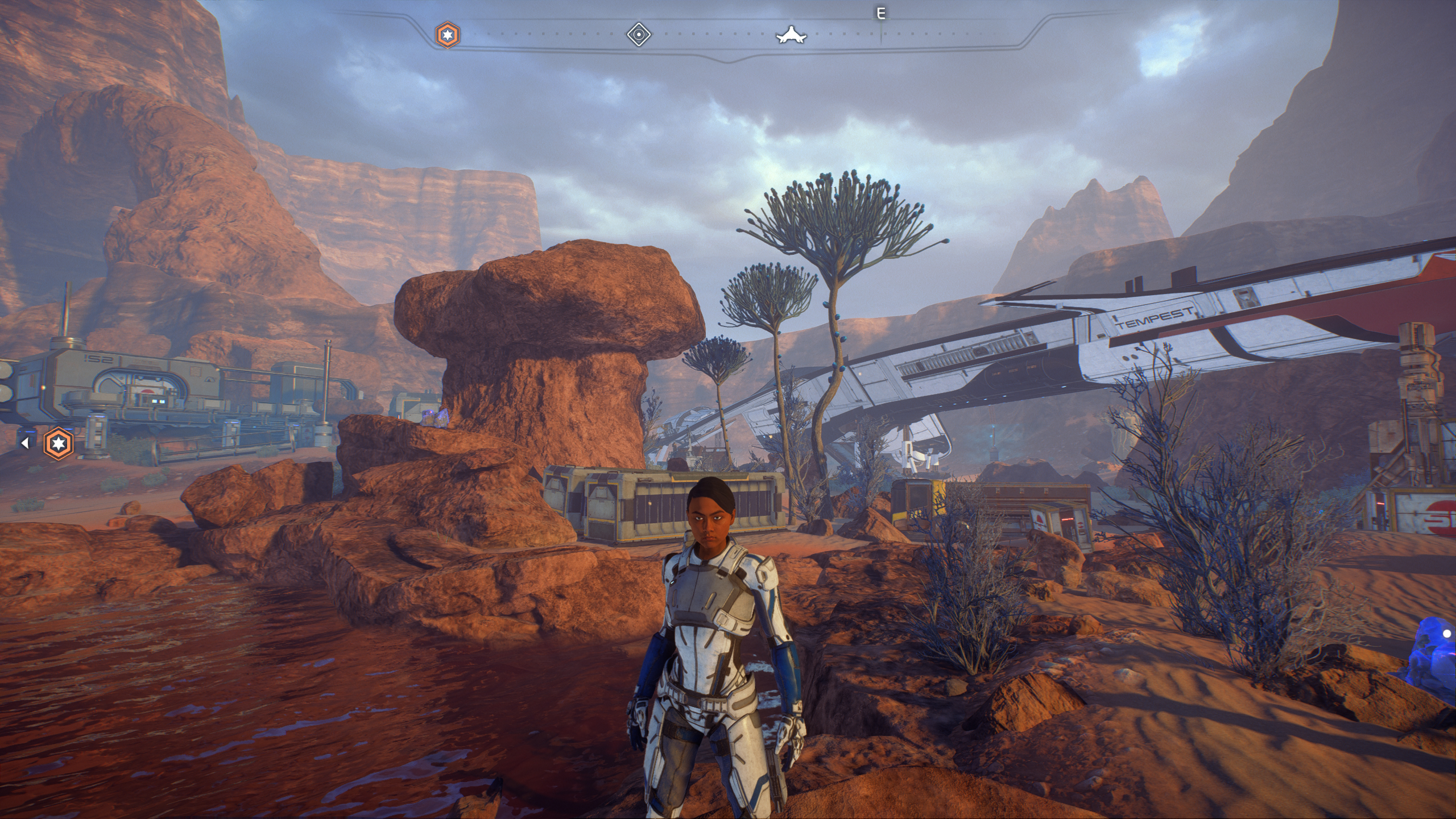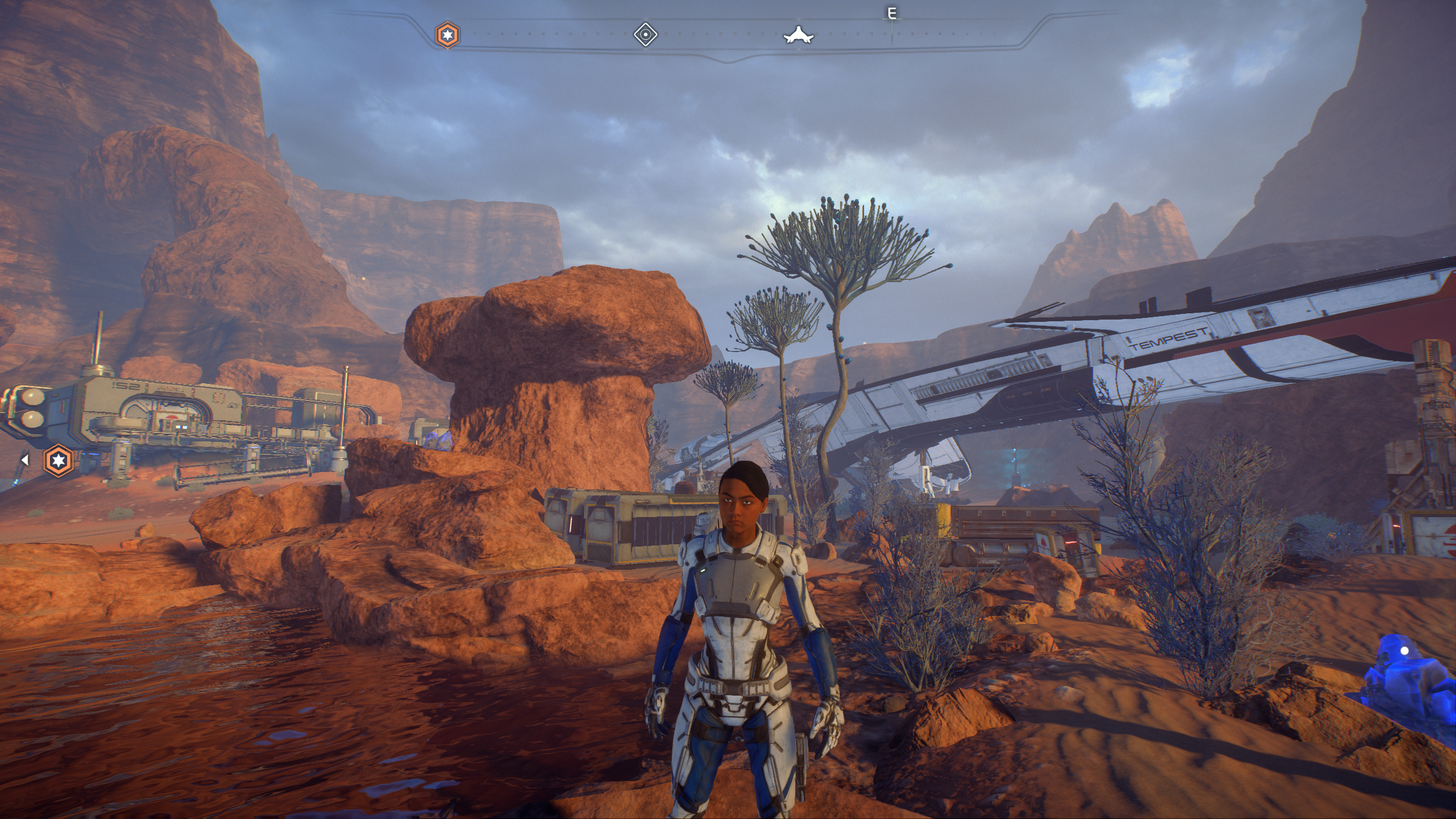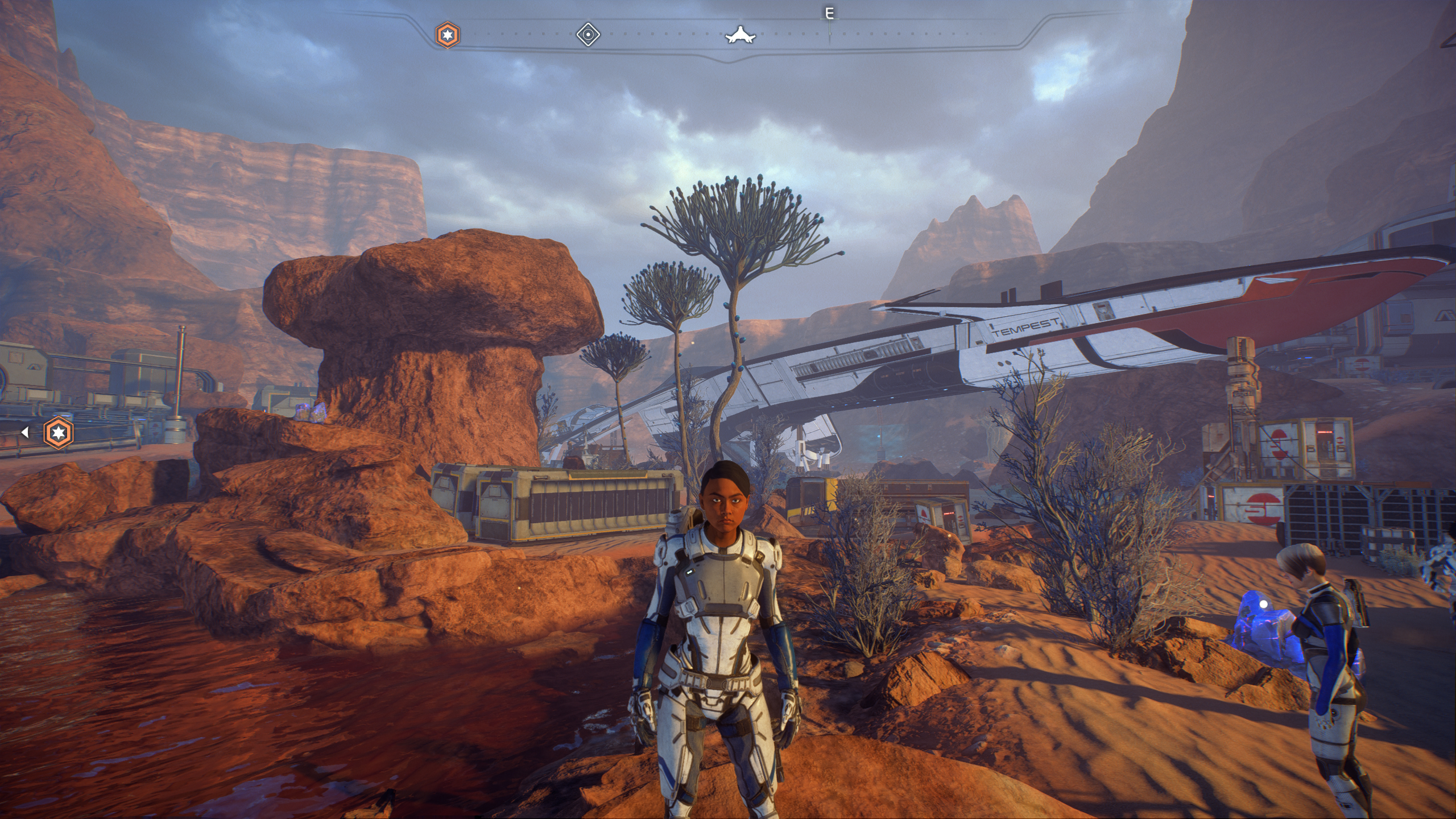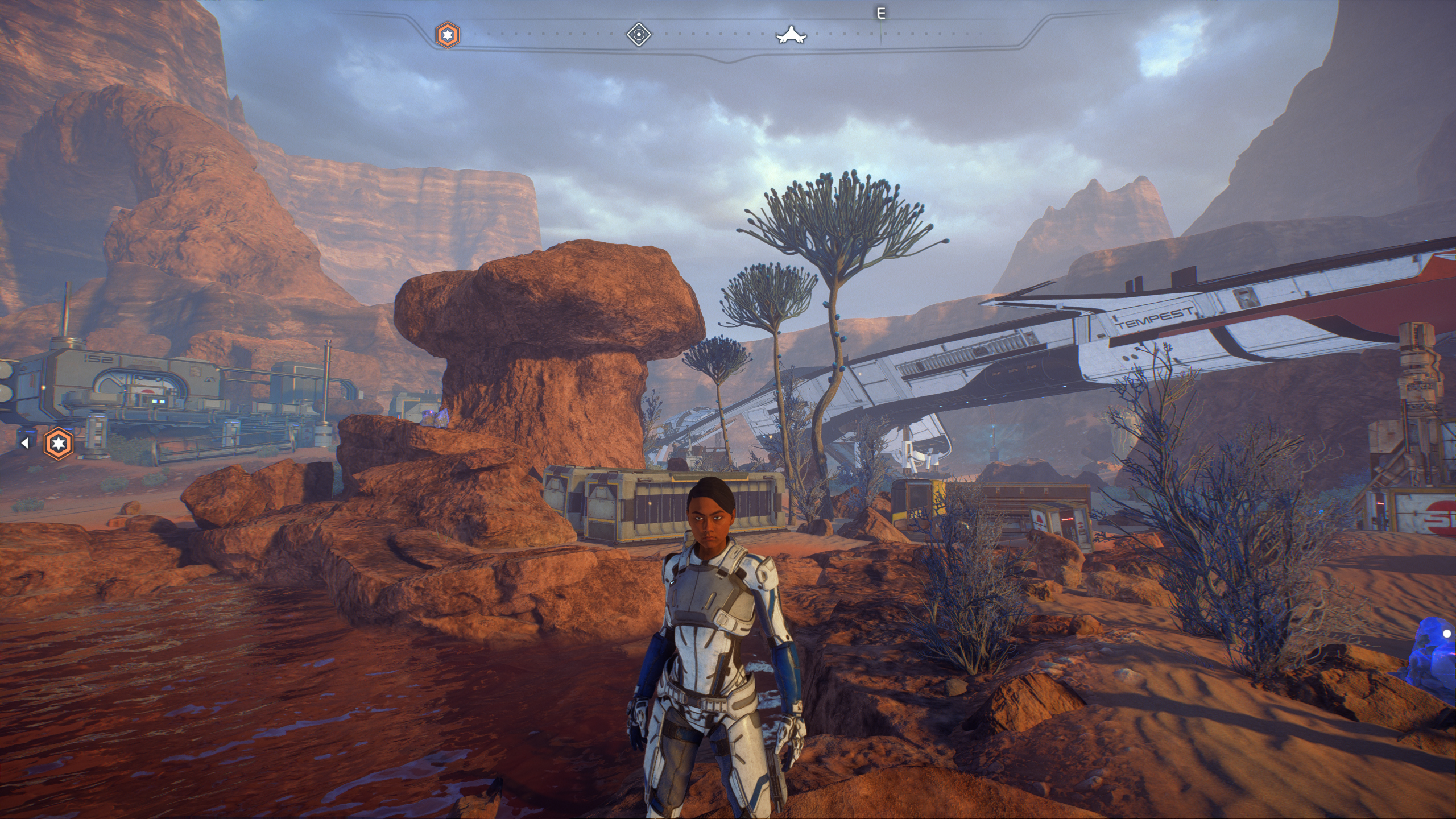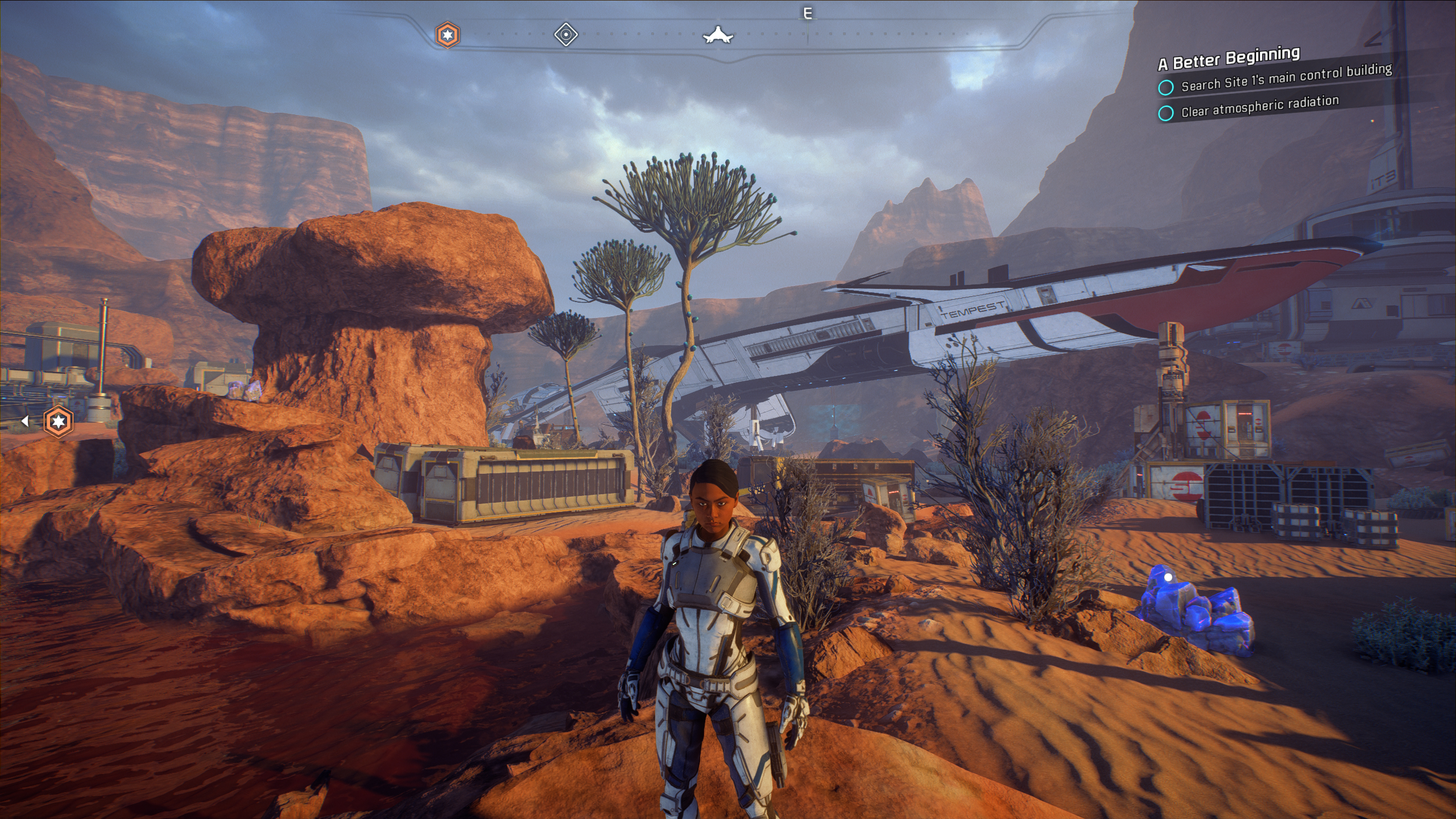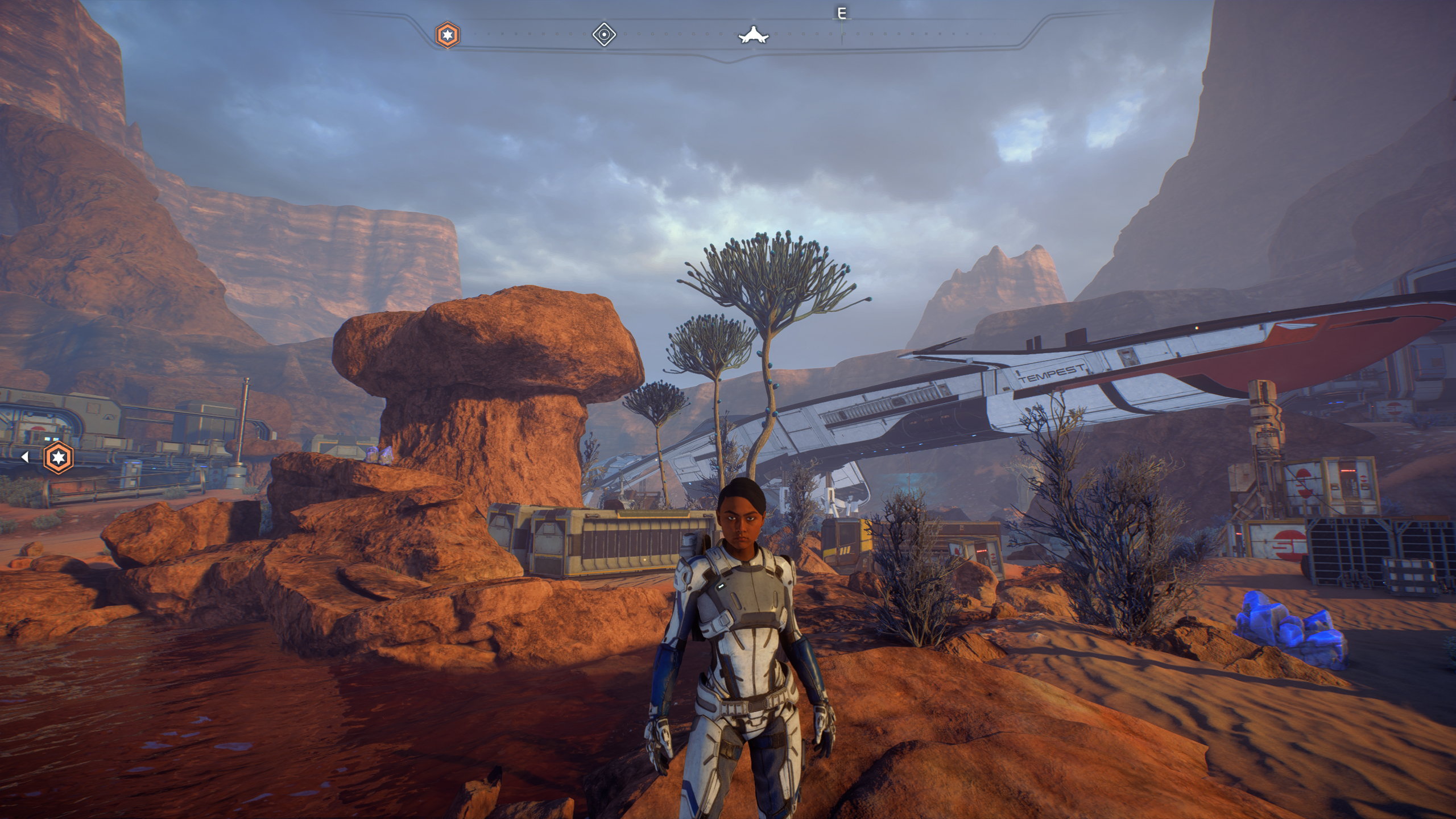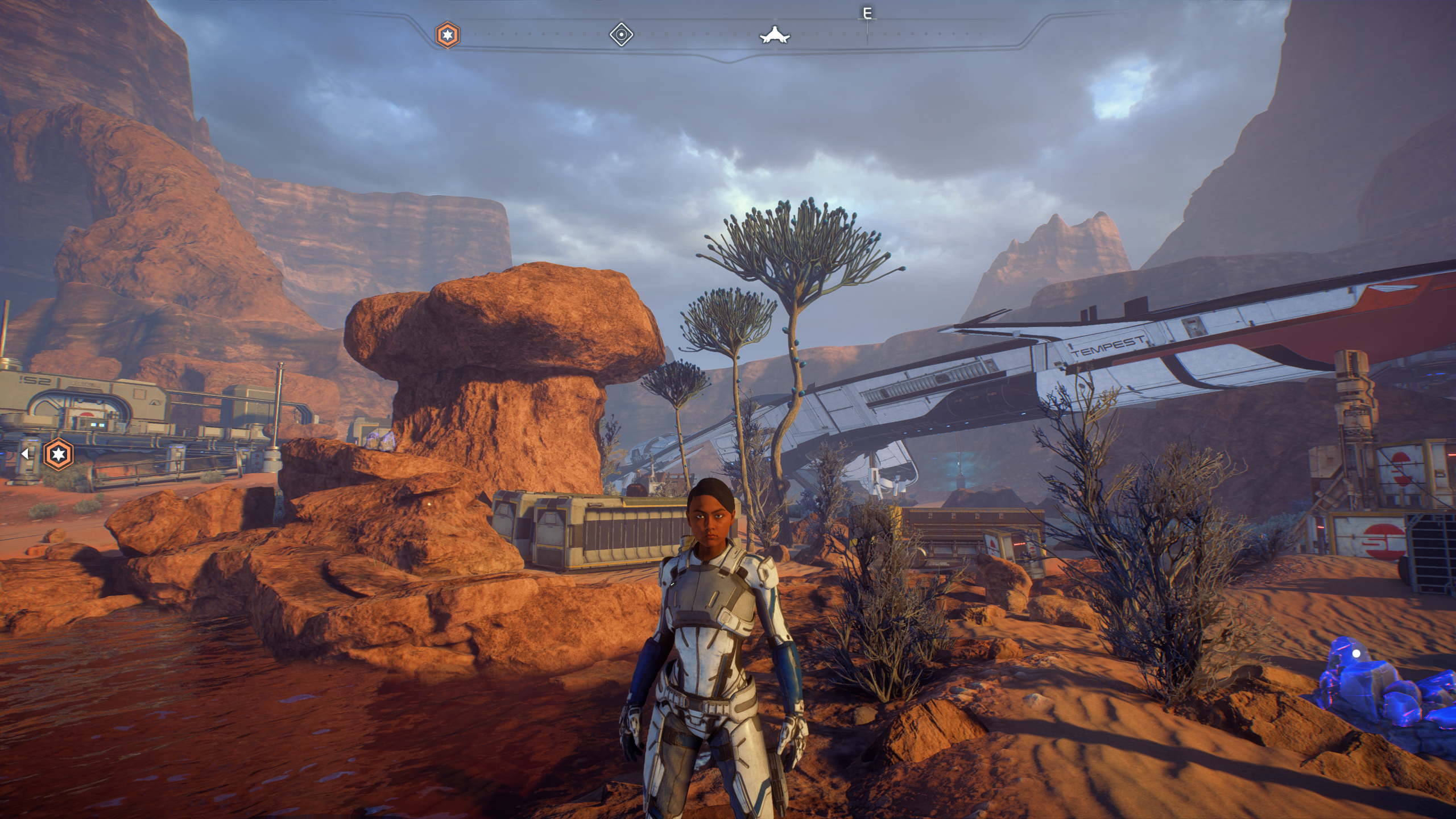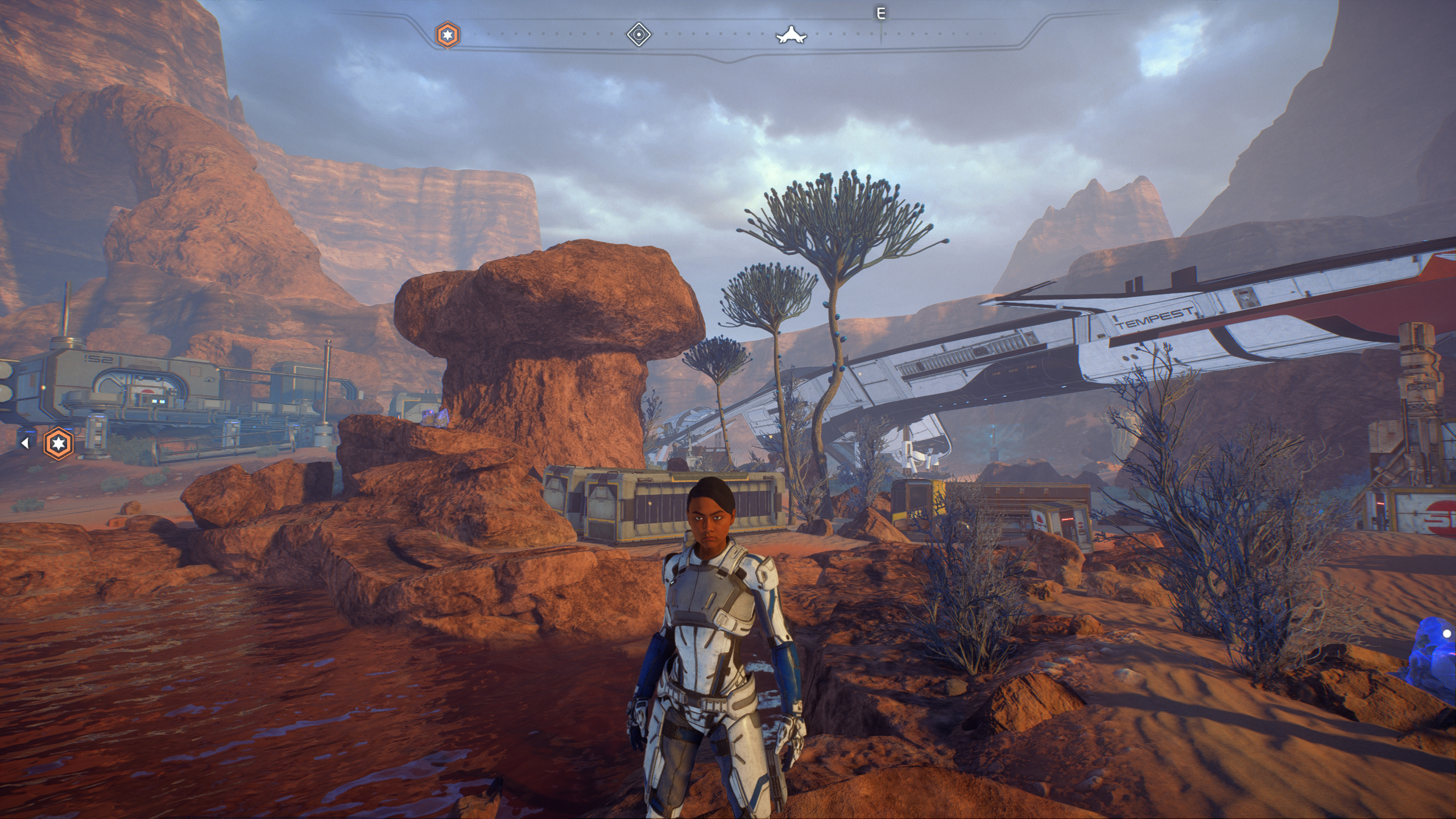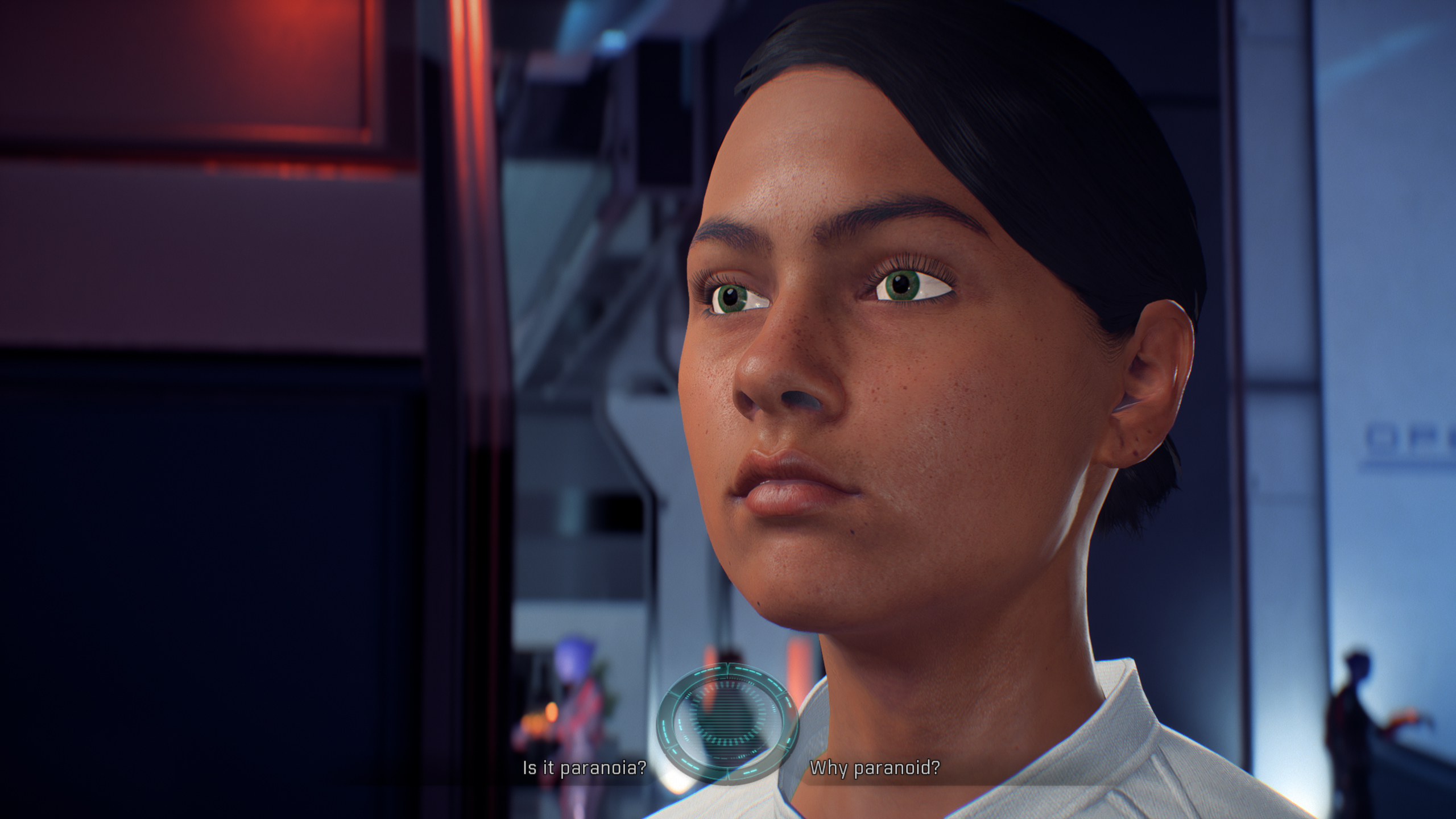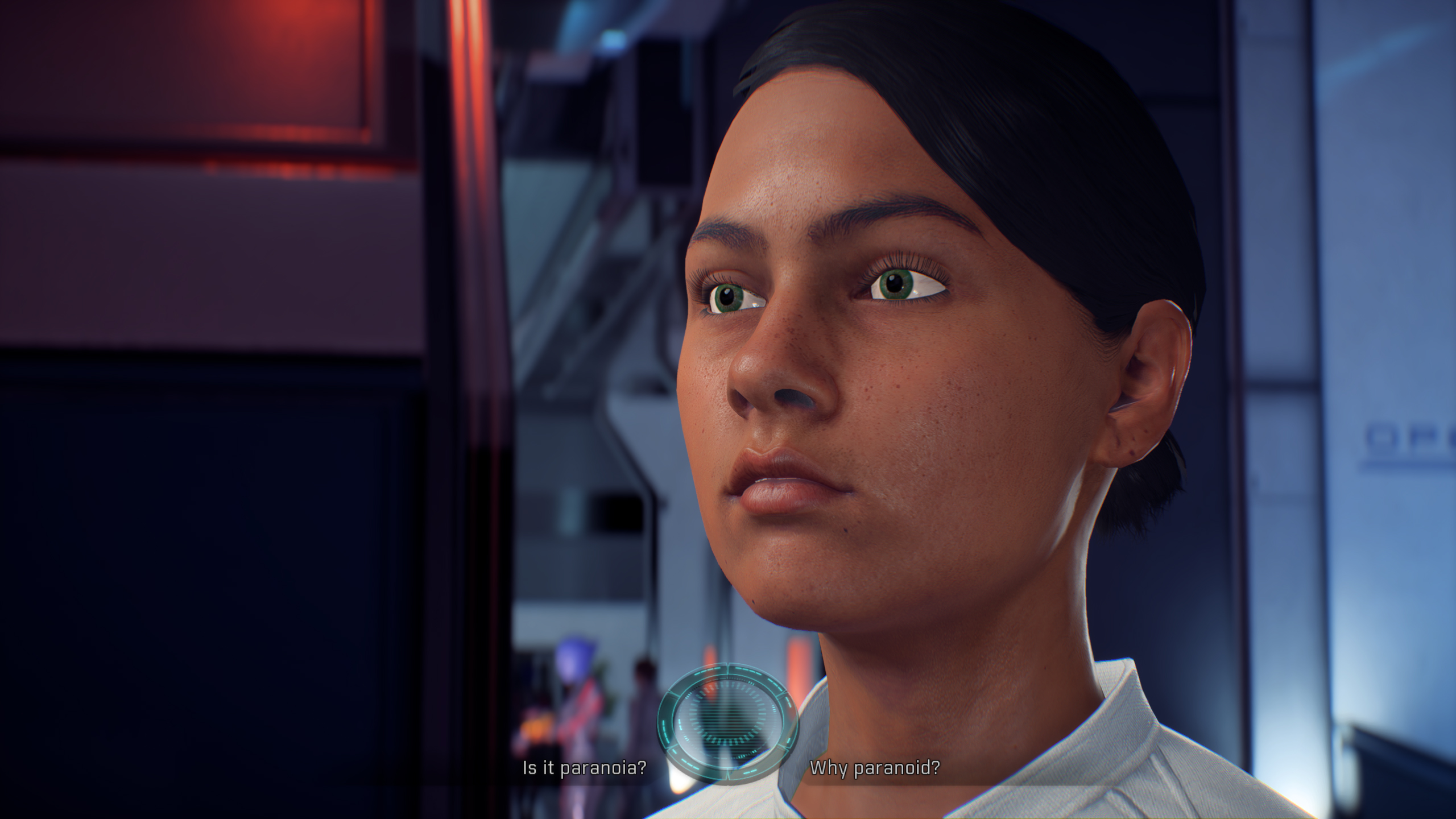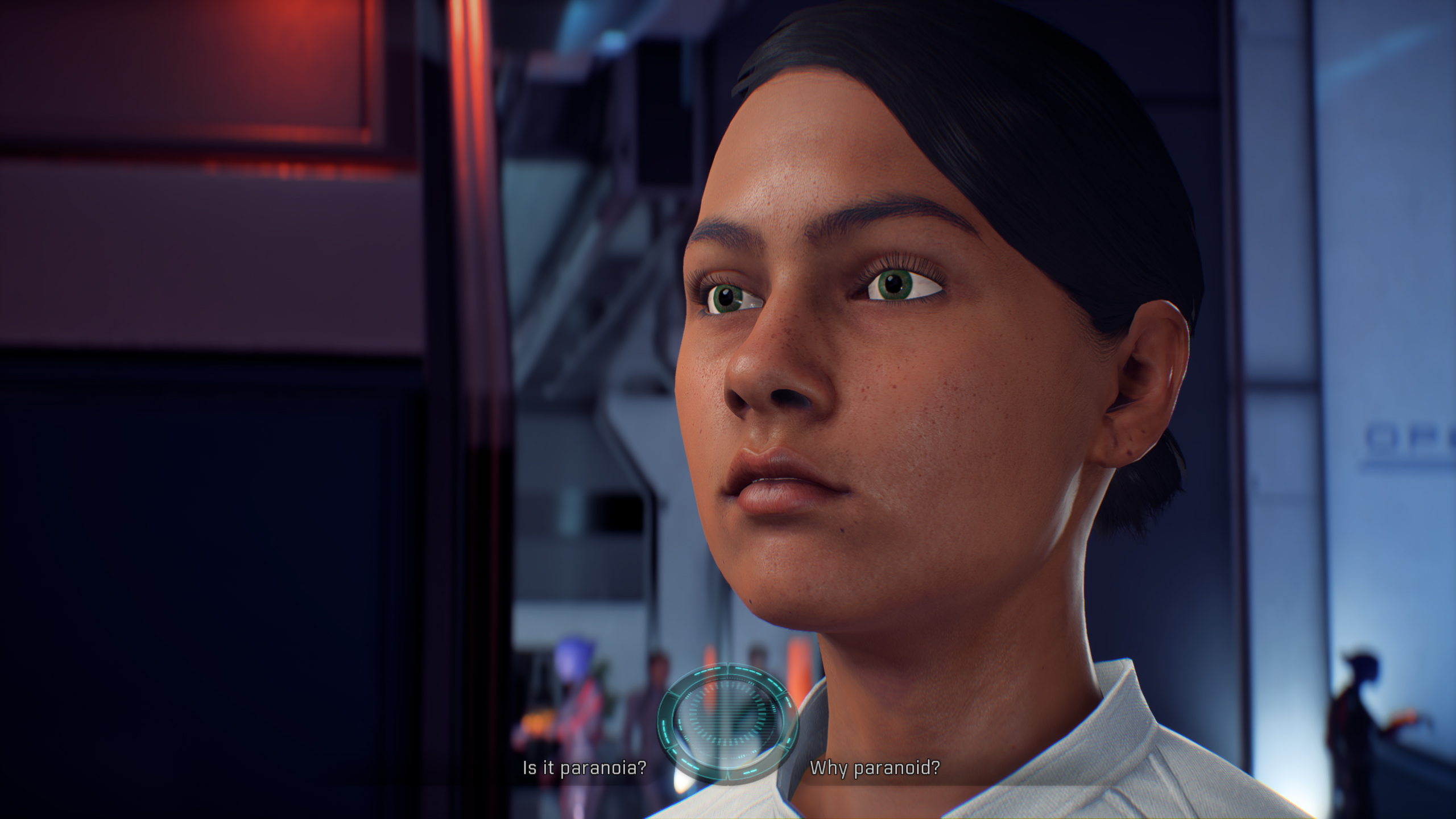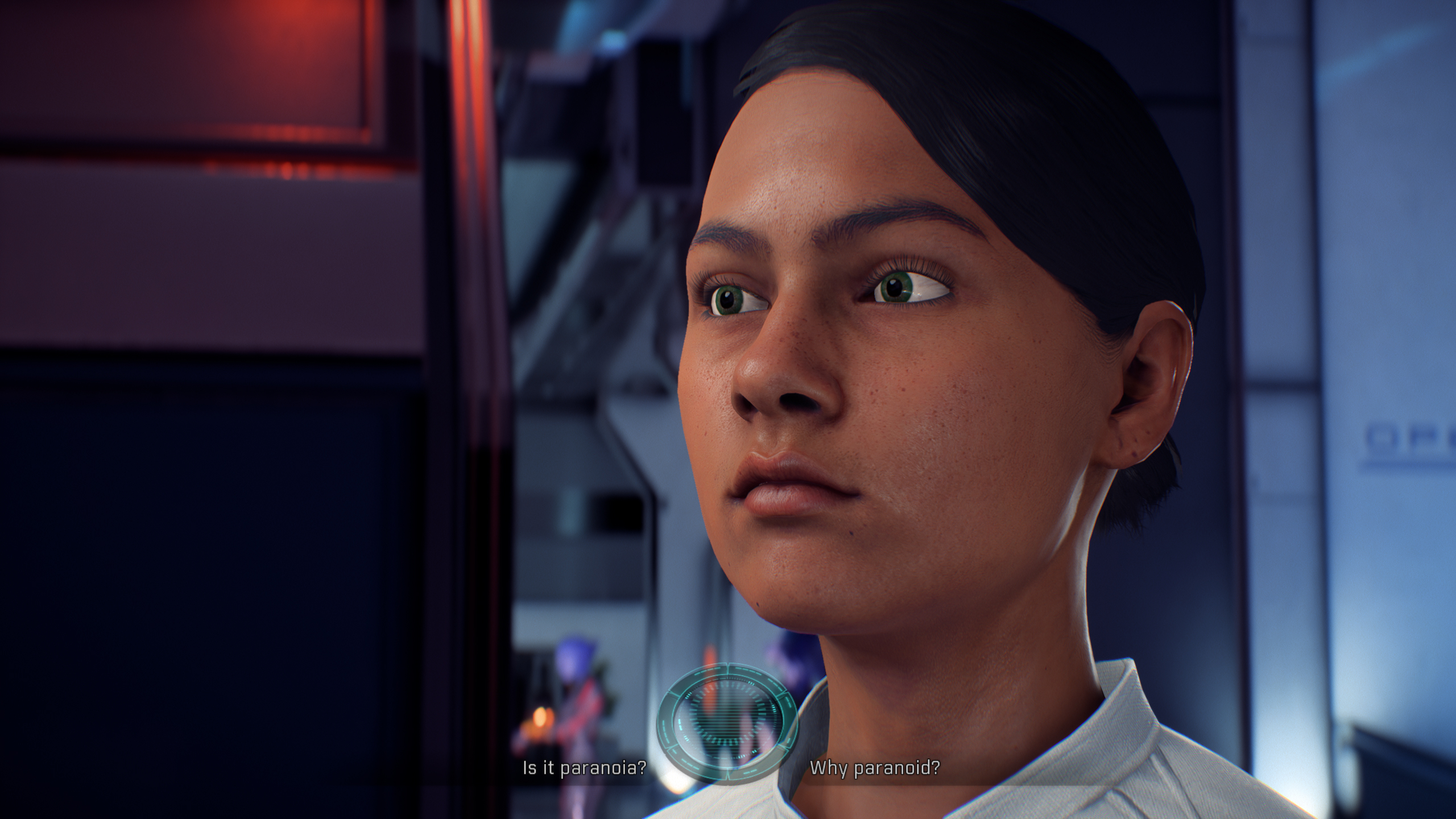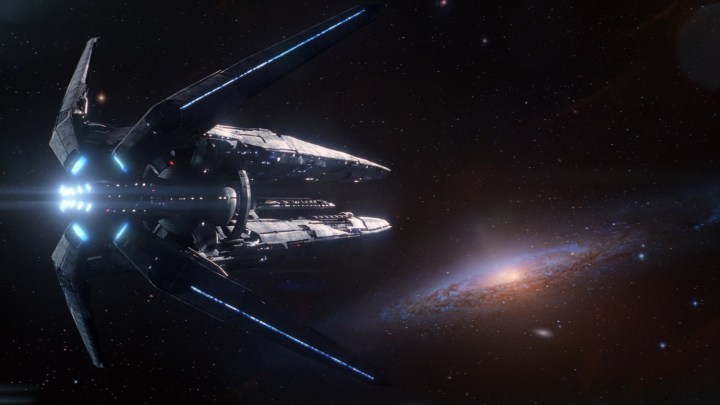
Unfortunately, that means your game is going to look like a hot mess, all jagged edges and blurry textures. Finding a balance between performance and aesthetics is always tricky, especially with demanding games like Mass Effect: Andromeda
So, we’ve gone ahead and tested each individual setting in Mass Effect, to determine which ones have the biggest impact on your performance, and on how your game looks overall. Whether you’re a seasoned PC gamer looking to get the most out of an old PC, or a newcomer looking to decipher all those settings in the graphics menu, we’ve got you covered.
Testing conditions
To test Mass Effect: Andromeda we used a PC with a mix of high-end and mid-range components. To make sure that our internal components weren’t going to drag performance down, we used an Intel Core i7-6950X CPU, clocked at 3.0GHz, 16GB of RAM, and an Nvidia GeForce GTX 1060 with 6GB of RAM.
That’s a pretty powerful machine, so it should be able to get the most out of Mass Effect: Andromeda with all the settings maxed out. For most of our tests, we’ll be running the game in 1440p. Our benchmarks were straightforward. We ran, jumped, and shot our way through a varied outdoor environment, gleefully frolicked in an extraterrestrial pond, and ran a circuit inside a space ship.
It’s important to point out that we’re not testing this PC’s hardware, we’re testing how the game performs with different settings. Your numbers are going to vary based on the strength of your hardware, but they should be proportional — for instance, turning down your resolution or lighting settings won’t yield the exact same frame rates we experienced, but the relative amount they change should be about the same.
Brace yourselves
Now, you may have heard this already, but Mass Effect: Andromeda isn’t without its faults. Chief among them, unfortunately, is that it just doesn’t run very well. On our testing rig, with all the settings maxed out, running in 1440p, we were barely able to manage a consistent framerate between 30 and 40 FPS. That’s not bad, but it’s kind of the bare minimum serious PC gamers expect, and this test rig isn’t exactly underpowered.
Additionally, Andromeda just doesn’t look great. That’s not the most precise criticism, but even with all the settings pushed all the way up, this game looks only slightly better than Mass Effect 3 — which came out about five years ago. Most of the new detail is in the quality of distant scenery and textures, both of which are greatly improved. The earlier Mass Effect games always worked within tight constraints. Even outdoor areas were just small arenas. Here, levels are closer in scale to Dragon Age: Inquisition, though so far they do seem a bit smaller (that could also be due to the Nomad which, being a tank, gets around quickly).
On the other hand, character details seem to have hardly advanced. Facial detail and animations haven’t come all that far from Mass Effect 3, and thus often look weird and lifeless. Everyone has a wax-statue-come-to-life vibe, and none of the character models are particularly lifelike. Hair is a big issue, as most hairdos look embarrassingly bad in any shade brighter than auburn. Many world details, like buildings, also have a flat appearance. Bioware could’ve done more with lighting effects to create atmosphere, especially in outdoor areas, where objects often suffer drab colors and a lack of texture depth.
It would be easy to blame on the engine, after all big-budget RPGs often use heavily customized engines which can degrade performance and graphical quality. But there’s a problem — Andromeda is running on EA’s Frostbite engine, the same one that powers Battlefield 1, a game which has been roundly praised for its lavish visuals and impressive performance. Neither of which are in evidence in Mass Effect: Andromeda.
Presenting the presets
Let’s dig into some examples, shall we? One of the first things you’ll want to do when you fire up a new PC game is open the settings menu, and navigate to the graphical settings. Here, you’ll find the usual array of preset quality settings — low, medium, high, and ultra.
There’s one big difference though, and you might not notice it if you’re unfamiliar with digging under the hood and tweaking your graphical settings. Switching from the Ultra preset, to the High preset, there’s a setting that changes, right there in plain view: resolution scaling.
Thumb on the scale
If you’re unfamiliar, resolution scaling is a helpful way to improve your game’s settings by scaling down the resolution at which the game’s engine renders. It means the game engine renders at a lower resolution, while elements that are outside the 3D engine – the interface, primarily – continue to display at native resolution. That keeps them readable and properly sized.
Since Andromeda uses resolution scaling as part of its graphical presets, we ran tests at each quality setting (low, medium, high, ultra) with the resolution scaling intact, and a set of tests without it.
The results are stark. Using the built-in quality presets, our game looked good on ultra and high settings, but once you take a step into the medium preset — with your resolution scaled down to 900p — things take a turn.
Similarly, taking one more step into the abyss, to low settings, Andromeda scales your resolution down to 720p. The world seems to lose all life, detail, and aesthetic appeal. Objects look blurry, textures have no depth, and reflections seem straight out of an Atari game. At least the downgrades net a big performance boost.
We averaged 34 FPS on the Ultra preset, 66 FPS on the High preset, and on the Medium preset we saw 91 FPS. What about Low? Well, on Low we were hitting around 149 FPS. All of these numbers are from an outdoor section of Eos, the first “full” planet the player travels to.
The Low preset is certainly effective at boosting framerate, but we’re willing to bet most gamers won’t want to play a game that looks that bad. Even the original Mass Effect looks better.
De-scaling
So how does the game look and perform without resolution scaling? Much better, and much worse, respectively. To get a better idea of how well the game runs at different quality settings, we went through and ran the same tests on the same preset quality settings but disabled resolution scaling.
The results speak for themselves. Just look at those textures! They’re so much happier now that the game isn’t crushing the life out of them.
But with big graphical gains, come big performance hits, and overall we saw FPS drop by at least 30 percent across the board — sometimes a bit more.
Our test rig managed to average 42 FPS on High, 63 FPS on Medium, and 76 FPS on Low. Ultra remained the same, because resolution scaling is off by default on that preset quality level.
Remember, our rig is quite powerful. The GTX 1060 meets the recommend specifications, and is about as quick as a GTX 970, the most common video card according to Steam’s hardware survey. Yet even so, the game only averaged above 60 FPS on medium detail at 1440p resolution.
We’d be okay with that if the game looked outstanding. We’ve tested some trying, but also extremely attractive, games as of late – like Deus Ex: Mankind Divided and Forza Horizon 3. The problem is that as mentioned, Mass Effect: Andromeda just doesn’t look that great. It’s not bad, but it doesn’t push the limits, and we think it’s arguable that much older games like The Witcher 3 and Grand Theft Auto V boast superior overall presentation.
The takeaway
So, resolution scaling is bad for visuals, great for performance, and kind of sneaky to include as part of the default quality presets. If you’re having trouble running Andromeda or if you’re worried that your rig won’t be up to the task, just take another look at the screenshots for the low quality preset without resolution scaling.
It doesn’t look that bad compared to the medium and high quality settings. It’s playable, and keep in mind the game automatically upscales your textures during conversations and cutscenes, so if you’re just in it for the story, you can absolutely get by running the game on low — just make sure you disable scaling, the performance gains just aren’t worth the cost.
Getting granular
If you’re comfortable ditching the presets and digging into the individual graphics settings, you’re in luck, Andromeda has a few settings which can seriously spike your performance if they’re turned up too high. To find those settings, we went through and tested each individual graphics option, ran a few simple benchmarks, and compared side-by-side screenshots.
Like many PC games, most of the individual graphical settings in Andromeda have a negligible effect on performance and overall quality. It’s when they’re turned up or down together that you can start to see cumulative effects on your performance and graphical fidelity — with two notable exceptions.
Go ahead and guess, we’ll wait. Nope, not texture quality. Not model quality either. The two settings that have the biggest impact on your performance are ambient occlusion and lighting quality.
Both of those settings affect the way the game world looks, but let’s start with the weird one: Ambient Occlusion. Also called AO, ambient occlusion refers to the quality and number of shadows that objects and people cast on themselves.
See here, our Sara Ryder’s face is notably different at each level of ambient occlusion. With it turned off entirely, her face loses almost all definition — she loses the shadows in her eye sockets, on her eyes, and even in her nose. Step it up just a bit, and she regains some definition.
Andromeda features four levels of quality for ambient occlusion: off, SSAO, HBAO, and HBAO Full. SSAO stands for screen-space ambient occlusion, and HBAO stands for horizon-based ambient occlusion.
There are a host of differences between the two different methods of providing ambient occlusion, but the one that really matters for our purposes is performance impact. SSAO gives you a basic approximation of ambient occlusion — it puts those shadows back in Sara’s face, but they’re not as rich and detailed as they are under HBAO or HBAO Full. It’s easier on your system, and doesn’t hit your FPS quite as hard as full-on HBAO does.
Looking at the numbers, we managed 42 FPS with AO off, versus 34 FPS with it on (that’s with everything else at the Ultra preset). That’s a sizable difference, and it doesn’t hurt your overall quality very much — Sara’s nostrils look a bit weird, but it’s not too bad. With SSAO we managed about 37 FPS, so you still take a hit if you want to put those shadows back, but you do get a solid performance boost just by stepping down from HBAO to SSAO.
Turn down the lights
The second most effective way to boost your FPS without killing your graphical quality is another light-and-shadow based setting: lighting quality.
Mass Effect games are notorious for their over-use of lens flares and bright, shiny, sci-fi lights, and Andromeda is no exception. Turning down the quality of those lights can net you a small but consistent boost to your overall FPS. First though, let’s look at what you’re sacrificing for those gains
Not much, right? Stepping your lighting down to low or medium, you still have accurate shadows and the environment still looks good. There’s a barely noticeable change to the quality of the lighting, mostly that light sources are a bit harsher and less natural. But let’s be honest, the lighting in Mass Effect: Andromeda isn’t exactly superb to begin with, so toning it down for an eight percent boost to FPS is worthwhile.
With lighting set on low, we managed 37 FPS on average, compared to 34 FPS on the default Ultra preset. It’s not a big gain, but it’s among the biggest boosts you can get from any single graphical setting in Mass Effect: Andromeda
An underwhelming performer
As always, your mileage will vary. According to our tests, Mass Effect: Andromeda
Don’t be afraid of digging into your graphical settings and doing your own experiments, there’s nothing in there you can’t fix by just clicking over to one of the existing presets. And make sure you turn off resolution scaling unless you’re hard up for a performance boost.
